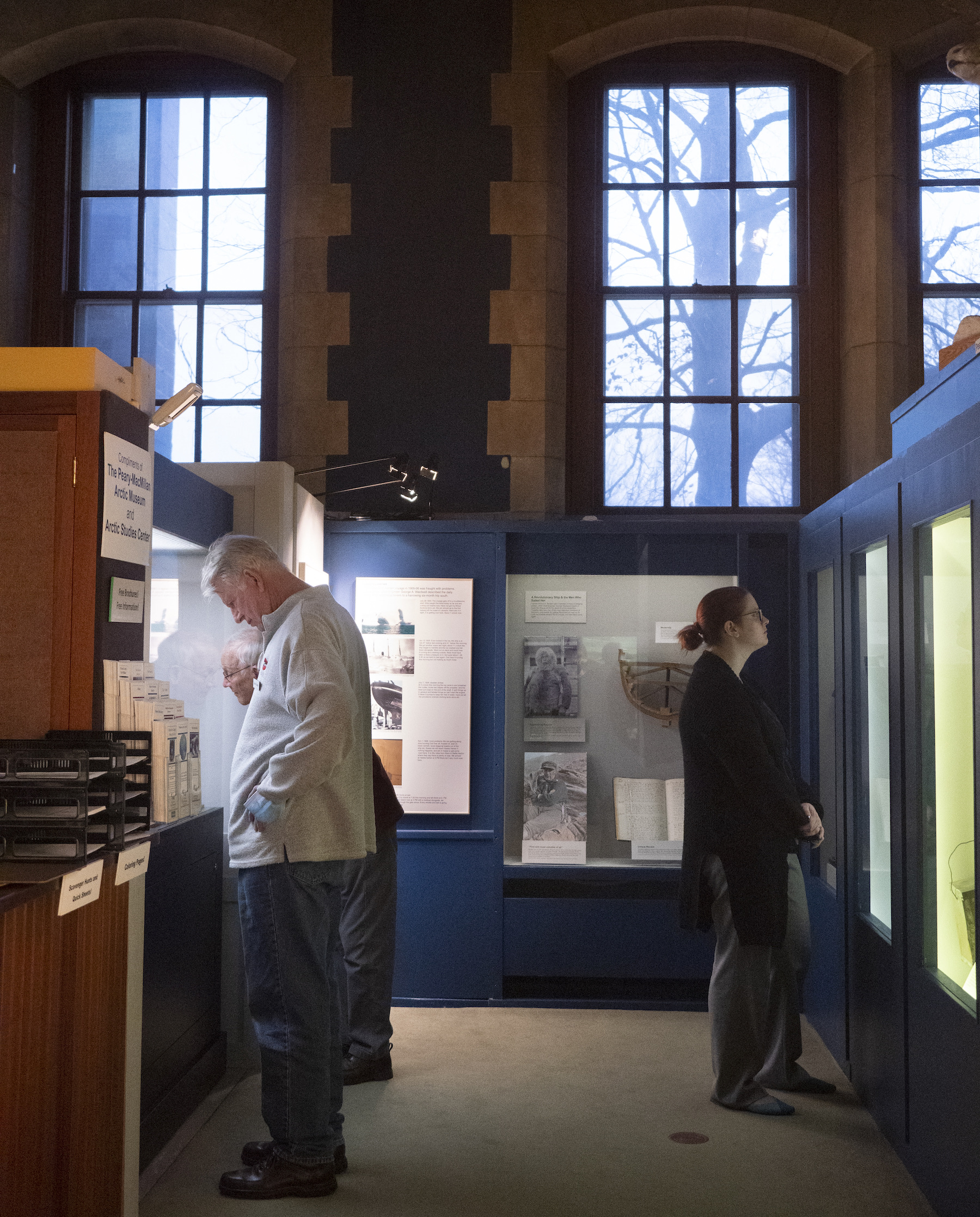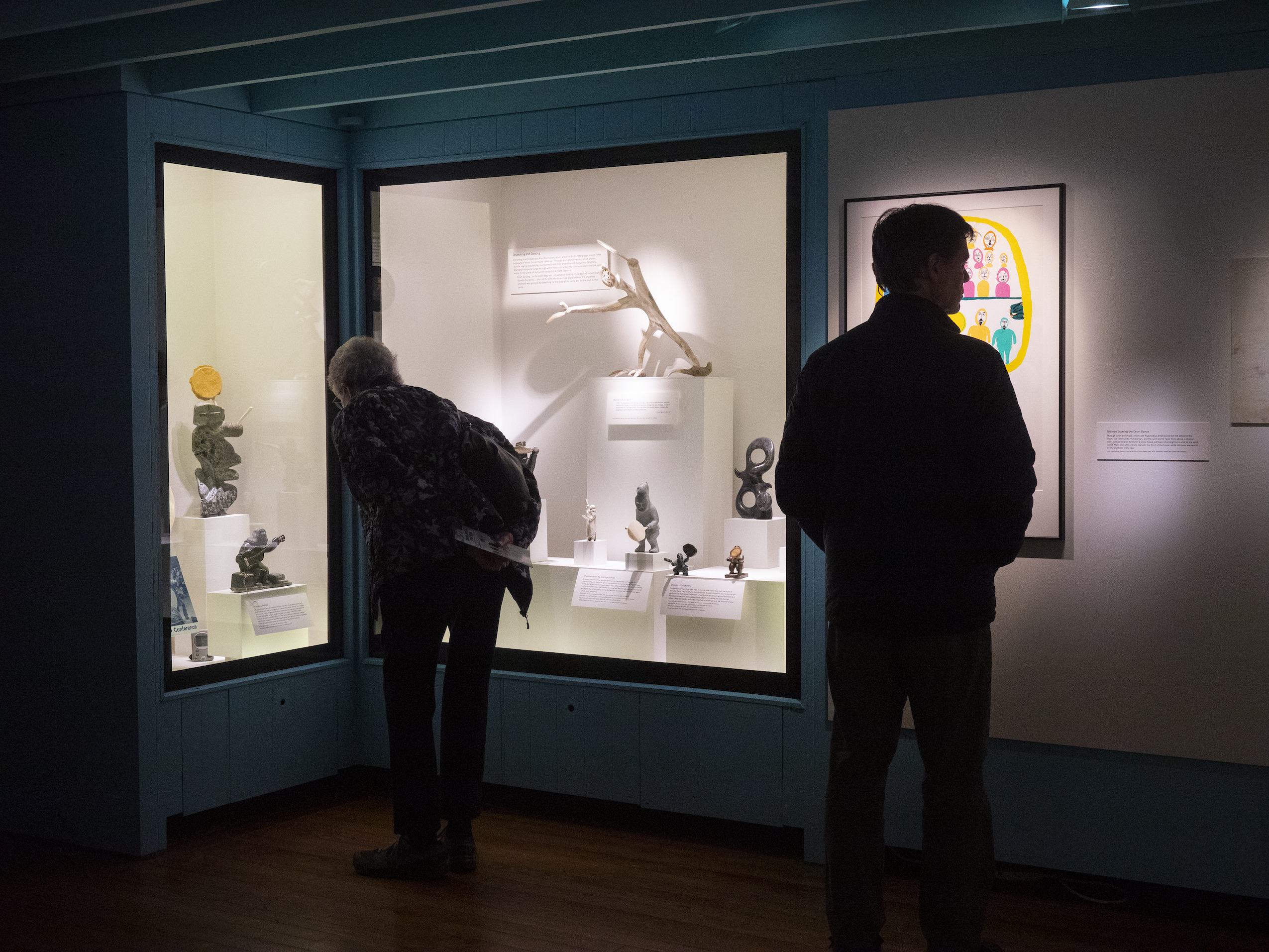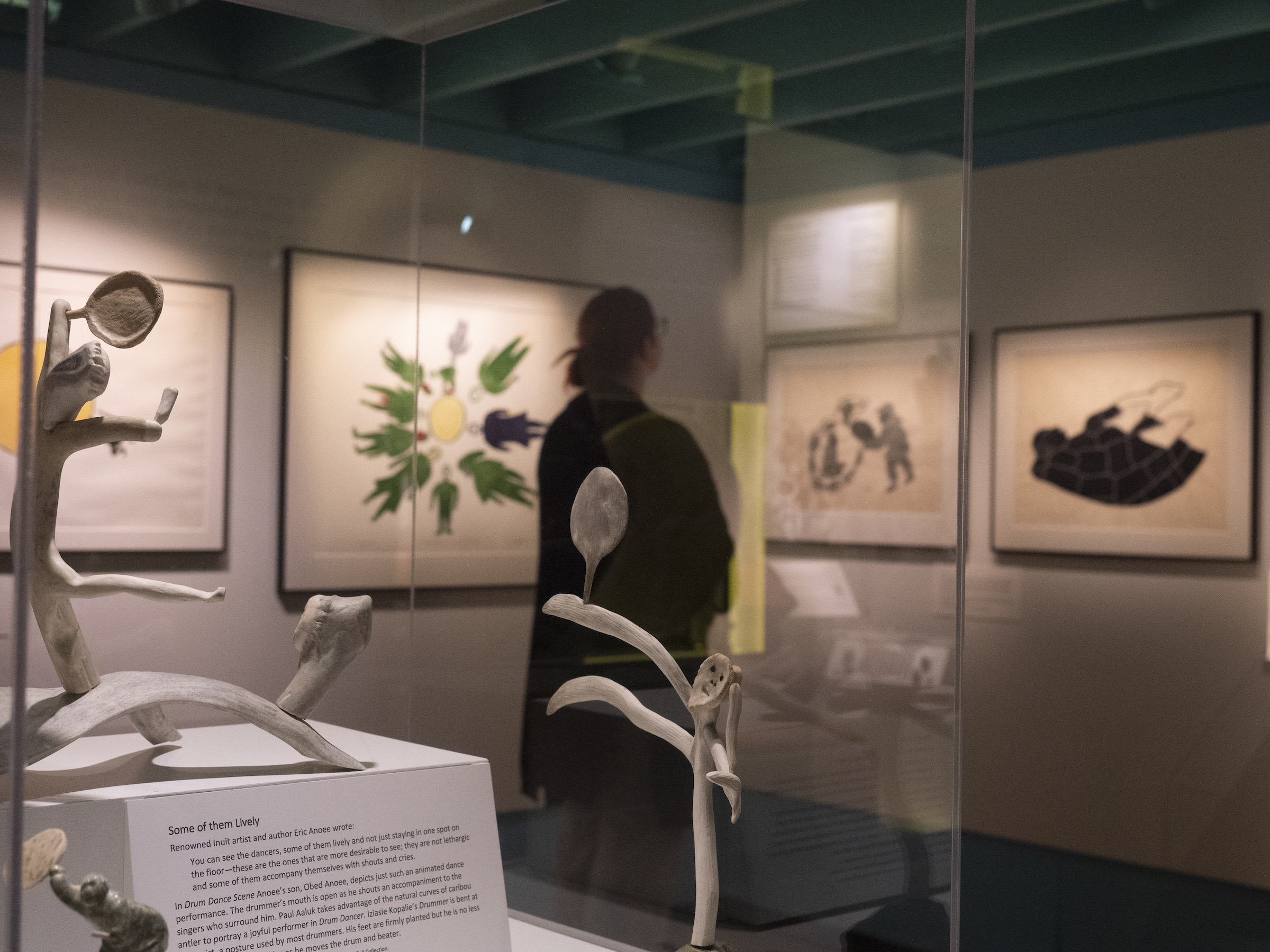Arctic Museum permanently closes in Hubbard, prepares for its move to the Arctic Studies Center
November 10, 2022
Next Friday, November 18, the Peary-MacMillan Arctic Museum will close its doors in Hubbard Hall forever and enter hibernation until spring 2023 when it will establish a new, permanent home in the John and Lile Gibbons Center for Arctic Studies.
The Peary-MacMillan Arctic Museum has held its current spot in Hubbard Hall since 1967, but come spring, the museum will wake up on the other side of campus, sandwiched between Smith Union and Barry Mills Hall.
Although museum goers and employees are nostalgic to see the departure of the museum as they know it, they are excited to experience a new space equipped to achieve the program’s goals.
“It’s weird because I very much associate the museum with this building,” Chelsea Moody ’25, who first visited the museum when she was seven years old, said.
Despite the changes, the team is excited for the additions and advantages that the new building will allow. Most importantly, the new building will be both accessible to those with physical disabilities and climate controlled. The latter will enrich the museum experience by allowing the College to borrow and safely display collections from other institutions. While exciting, the tasks ahead are also daunting for the team.
“We’re so used to the space, we know its idiosyncrasies, so the idea that we’re designing for a space that we don’t know how it works yet is really intimidating,” Professor of Anthropology, Chair of the Department of Anthropology, and Director of Peary-MacMillan Arctic Museum and Arctic Studies Center Susan Kaplan said.
Additionally, there will be a classroom space where classes can access materials being discussed in their courses.
“It’s a really big opportunity for us and for the College to promote the Arctic, to expand our work educating about the Arctic … and the new space will be a much better place to do that,” Arctic Museum Curator Genevieve LeMoine said.
Although the museum’s doors will soon be closed to the public, the museum staff have months of hard work ahead. In addition to moving collections, staff members also have to clean and freeze all animals on display to ensure there are no insects in them. Once unfrozen, a new challenge will arise: moving the large, fragile animals without causing any harm or damage.
“The animals are like giant potato chips, heavy potato chips,” Kaplan said.
According to LeMoine, the biggest challenge facing the team is moving the sledge in the foyer, a difficult feat due to the size and age of the artifact. The item also has to be moved in a temperature-controlled container to avoid winter weather damage.
In addition to ensuring the swift and safe transfer of exhibits to their new home, museum staff will take on the difficult task of maintaining the institution’s relevance during its hiatus.
“This is going to be unusual to be closed, we’re going to have to work hard to help people remember that we’re here,” LeMoine said.
The museum will remain open Tuesday through Friday from 10:00 a.m. to 5:00 p.m. until next Friday. As a celebratory farewell event, the museum hosted an open house yesterday from 4 p.m. to 7 p.m., at which the exhibits were bustling with attendees making conversation and enjoying refreshments.
“We haven’t had this many people in here at one time in years, since the pandemic,” LeMoine said.
Although the museum will be closing its doors, the exploration of the Arctic from the satellite of the college will not be on pause. Students will continue exploring Arctic themes in courses such as Arctic Politics, and the college will continue to work on upcoming exhibits and partnerships during this transitional period.
“Stay tuned, you might see a parade of arctic animals across the quad,” Kaplan said.
For the museum’s stewards and fans, change will be bittersweet, but the community’s excitement for the future of the institution remains palpable.
“I can hardly wait to see people walking through the door,” LeMoine said.






Comments
Before submitting a comment, please review our comment policy. Some key points from the policy: